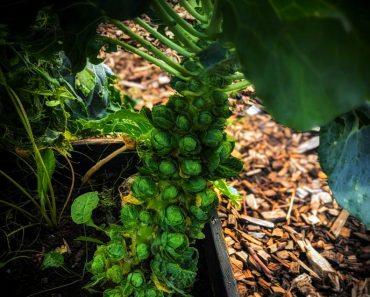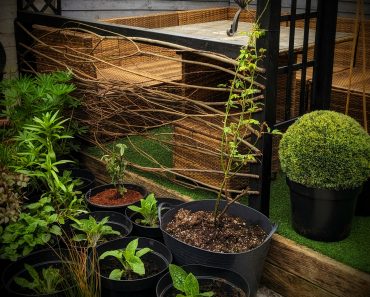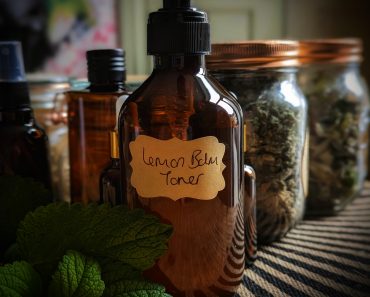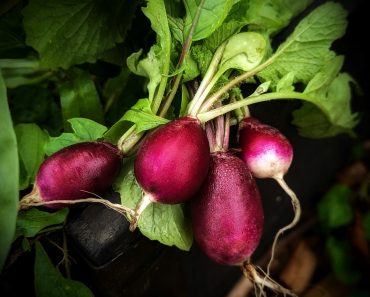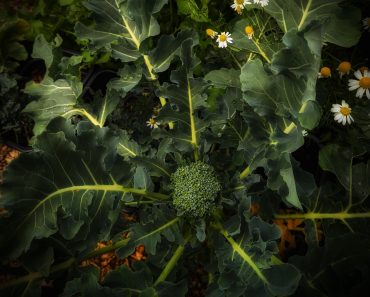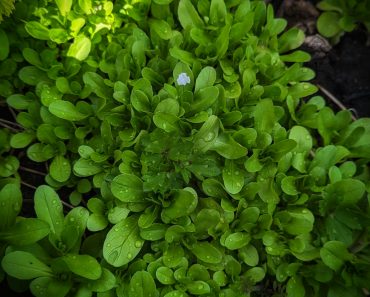Whether they are crawling, Climbing or cascading Nasturtium make a wonderfully colourful addition to any garden. This fuss free plant is an easy to grow Annual and completely edible!

Nasturtium History
Nasturtium seeds were first brought to Europe from Peru in 1684 by a Dutch monk named Pater Beverning and was first grown in the botanical garden of the University of Leiden. The cultivation of the plant soon spread, and over the next two decades found its way across Europe.

First recorded in England in 1688, it was primarily used for its medicinal and nourishing purposes. Nasturtium has a high Vitamin C content and was distributed to harbours and loaded onto ships as a food stock for the crew. The crew members included the peppery plant in their diet to help ward off Scurvy.
The Multi-Purpose Flower
Nasturtium flowers are a very versatile plant! Great for hanging baskets, window boxes and Vegetable gardens. . Nasturtium plants are a multi-purpose, fast growing plant that provide ground coverage in record time! They can be a flower to be admired or a culinary ingredient. All parts of the Nasturtium plant are edible, this includes the flowers, leaves, stems and seeds.

What do Nasturtium Flowers Taste Like ?
They have a distinctive peppery flavour similar to that of radishes. The leaves have a peppery, spicy flavour too and add a lovely bite to green salads.
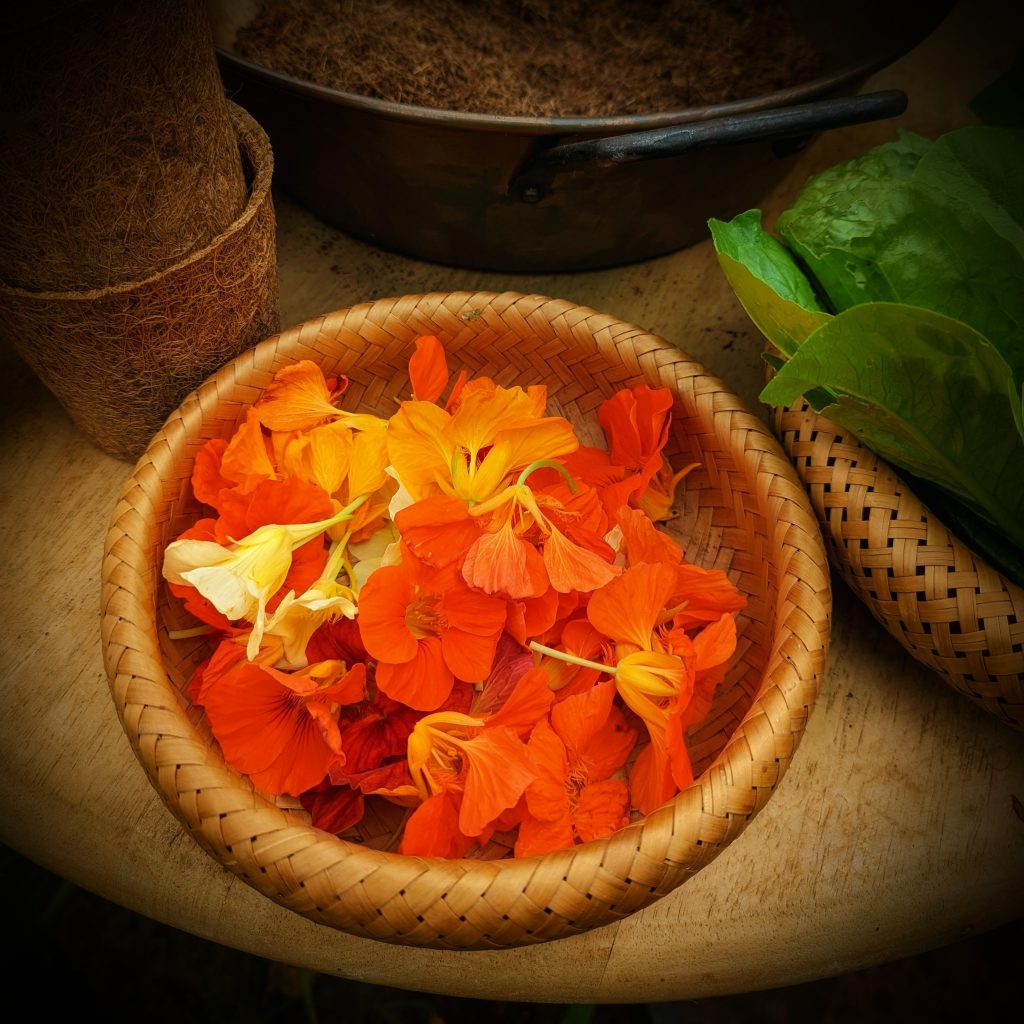
Nasturtium Seeds
The light green, wrinkled seed pods are often overlooked in favour of the more aesthetically pleasing leaves and flowers. But they really shouldn’t be..they are delicious! The pods have a peppery, mustardy flavour and have often been called the ‘Poor man’s Caper’. *Actual Capers have a distinctive Sour/Salty flavour. They are the small flower buds of the Capparis shrub that grows in the Mediterranean.
The usual way to prepare Nasturtium Seeds is by Pickling them, it’s very straightforward, here’s the Recipe…
Pickled Nasturtium seeds Recipe

What You’ll Need
- Mason Jar
- Pan
- Kitchen Roll
Ingredients
- 2-3 Handfuls of nasturtium seeds, firm and green
- 230ml white wine vinegar
- 1 tsp of Salt
- 5 to 10 peppercorns slightly crushed
Instructions
- Gather your ingredients.
- Clean and Rinse the Nasturtium seeds then pat them dry with kitchen roll
- Pour the Nasturtium seeds into a mason jar.
- Place the vinegar, salt, and peppercorns in a pan, bring to a boil, then pour over the seeds.
- Pop the lid on and store in a dark cool cupboard for 1-2 weeks
- After that, store in the fridge, they will keep for several months.
Why Grow Nasturtiums in Your Vegetable Garden ?
- Nasturtiums are a wonderful Trap crop. Companion Planting them in Vegetable beds helps to draw aphids and other harmful pests away from your Veggies
- They are a lurer of pollinators. Bees love them!
- Nasturtium Companion Planting-Plant alongside Beans, Cabbage, Broccoli, Kale, Cucumber, Pumpkins and Courgettes for some extra natural protection from pests
- An easy to grow Annual that reliably Self Seeds
- Requires little care, in fact some varieties thrive on Neglect!
- Completely edible! A colourful addition to summer Salads with a peppery taste
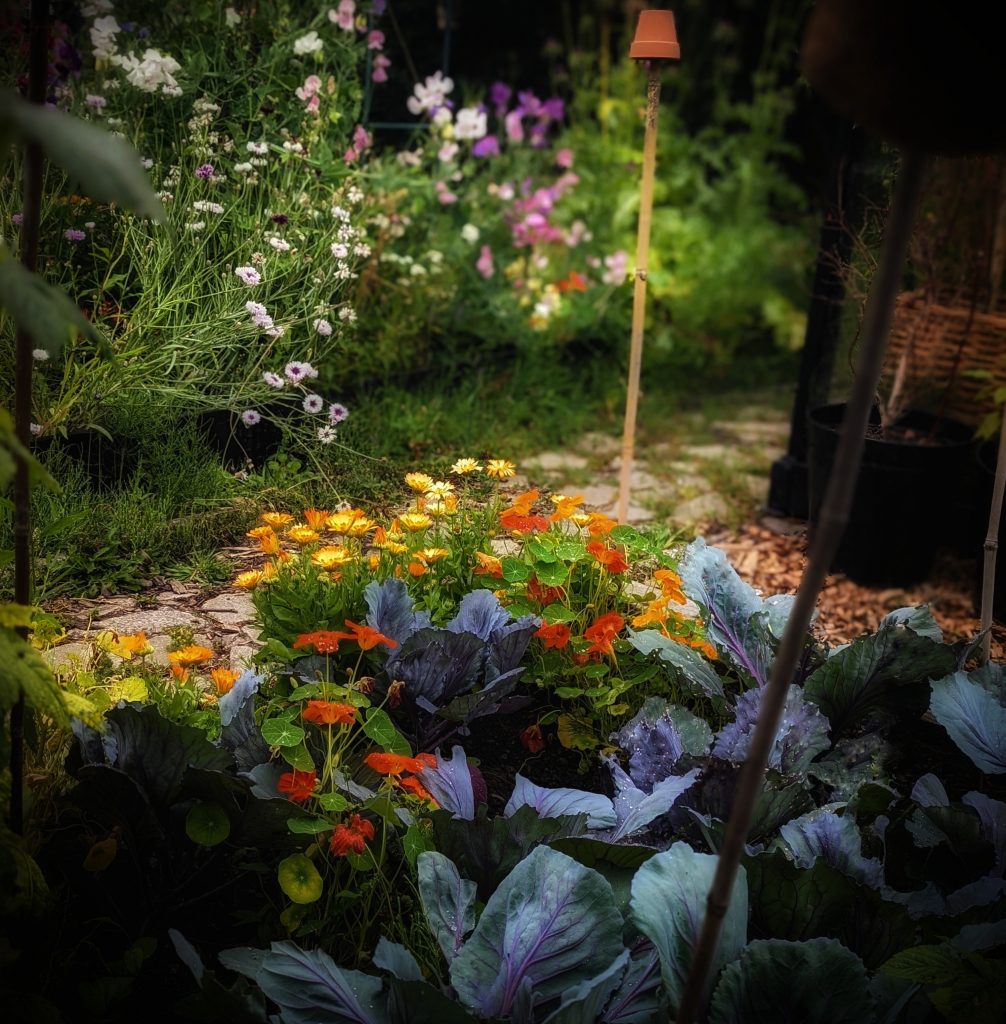
Types of Nasturtiums
There are many varieties of Nasturtiums, but they are mainly divided into 2 categories-trailing or climbing and bush (Dwarf). The main differences between them is their growth habit, trailing nasturtiums form long vines and bush Nasturtiums remain more compact.
Here are some Nasturtium Varieties I recommend
Affiliate links
Tom Thumb Nasturtium (Bush Variety)
Gleam Mixed Nasturtiums (Trailing)
Jewel Of Africa Nasturtiums (Climbing)
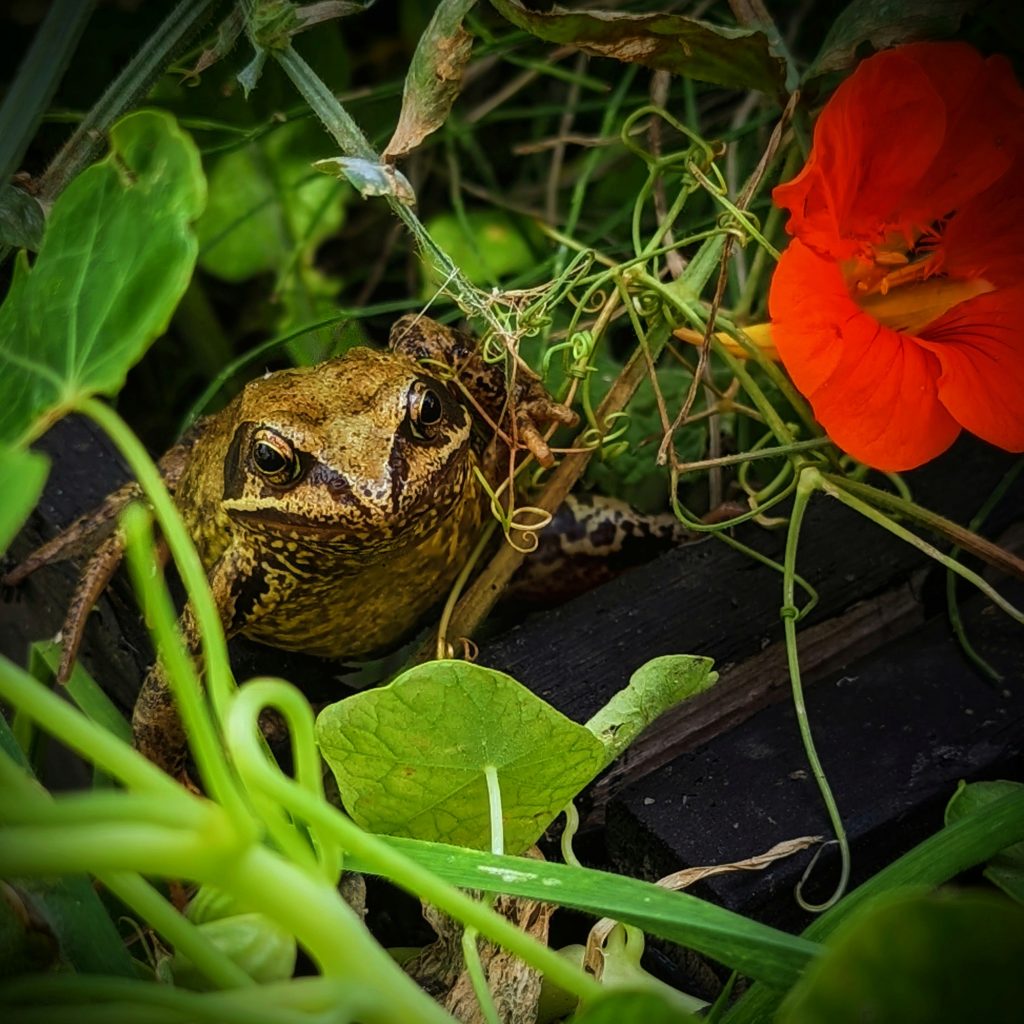
How To Grow Nasturtiums
Nasturtium Seeds can be sown from March to May outdoors, where they are to flower. Or you can start them off indoors on a Sunny Windowsill or in a greenhouse.
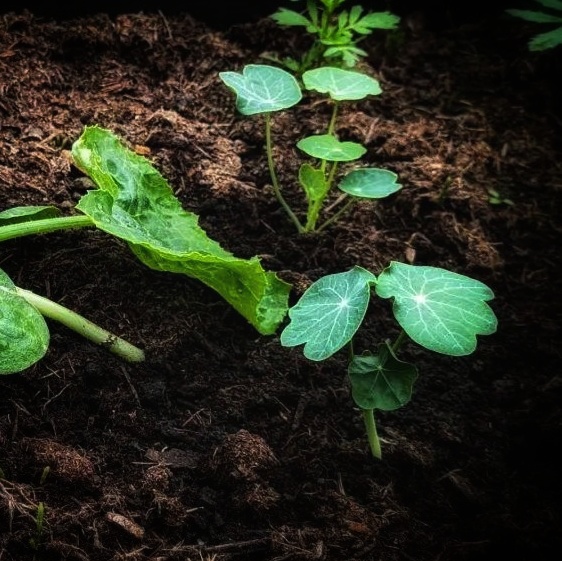
Sowing Nasturtium Seeds Outdoors
- Water the area before you sow your Nasturtium seeds (March-May). Sow the seeds around 1 inch deep and roughly 10 cm apart
- Once the seedlings emerge, this generally takes around 2 weeks, thin them to around 20-30cm apart
Sowing Nasturtium Seeds indoors or in a greenhouse
Choosing to sow underglass is a good way to guarantee earlier flowers and to Organise your flower stocks for hanging baskets and pots.
- Sow one seed per pot or large modules in a greenhouse or on a sunny windowsill.
- Once all risk of frost has passed (Late Spring) plant out in a sunny spot. Be sure to harden off young plants first.
What Does Hardening Off Mean?
Plants raised indoors or in a greenhouse environment, need to be acclimatised to cooler temperatures and increased air movement for about two to three weeks before they are planted outdoors permanently . This is a ‘toughening up’ practice to prepare the plants for their new environment.
How to Harden Off
Place your plants out for a couple of hours in a shady part of the garden. The next day, leave them out again for two hours, but this time allow the plants an hour of direct sunshine in the morning. Gradually continue to increase the length of time the plants are in direct sunshine over the course of roughly two weeks.
Do You have to Soak Nasturtium seeds before sowing?
It’s not essential, but you could aid faster germination by pre-preparing your Nasturtium seeds before sowing. Simply nick the seed coating, or soak the Nasturtium seeds overnight in lukewarm water.
Where to Plant Nasturtiums
Nasturtiums need a full sun position. They grow best in a well-drained, poor soil. If the soil is too rich, you will end up with more foliage than flowers! They grow well outdoors or in Greenhouse beds
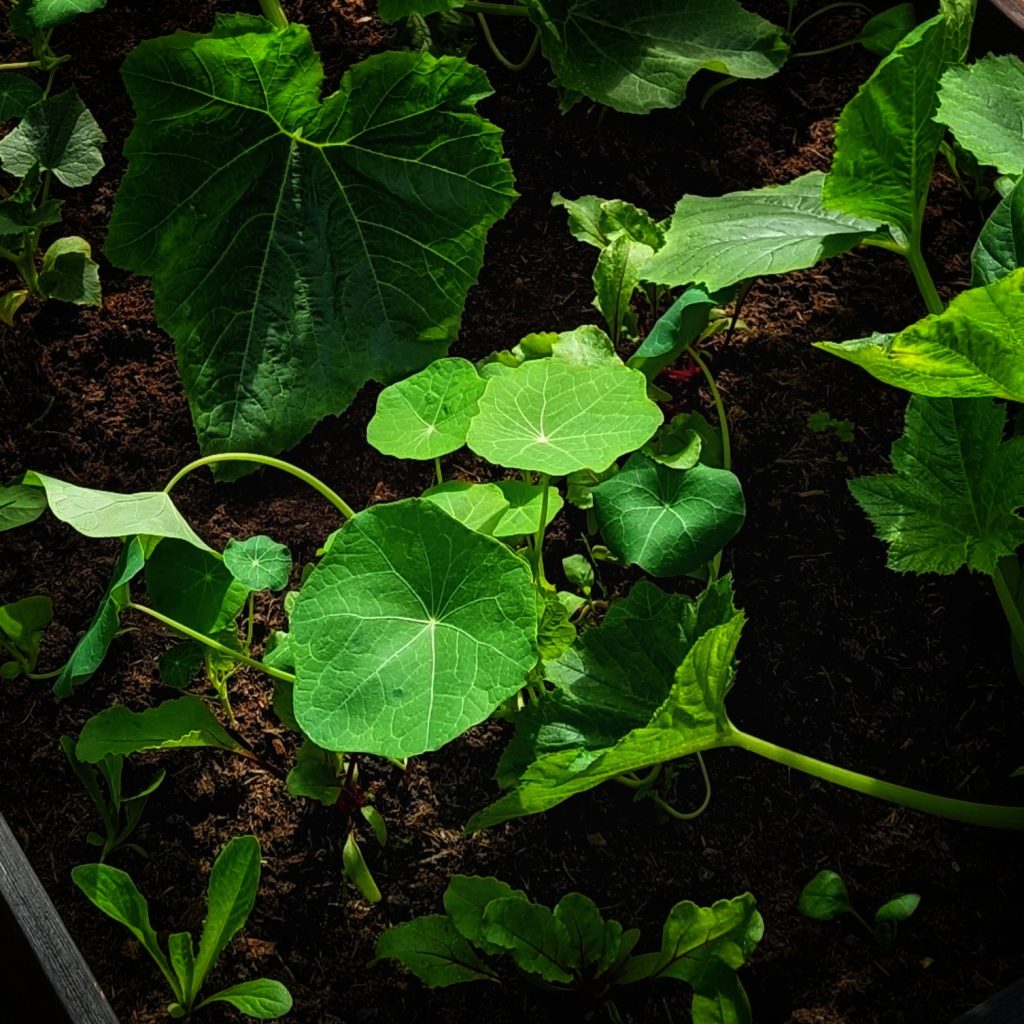
How To Care For Nasturtiums
Ground Grown Nasturtiums are actually quite self sufficient and often times will thrive on neglect! Just try and keep on top of the watering, especially during periods of drought. To prolong blooming, make sure to deadhead regularly.

For pot Grown, Hanging basket Nasturtiums, they need a little extra care. The soil in a pot or basket will dry out quicker if left unchecked and the nasturtiums will suffer, so water regularly and for an extra boost feed them with some high potash fertiliser every 2 weeks.
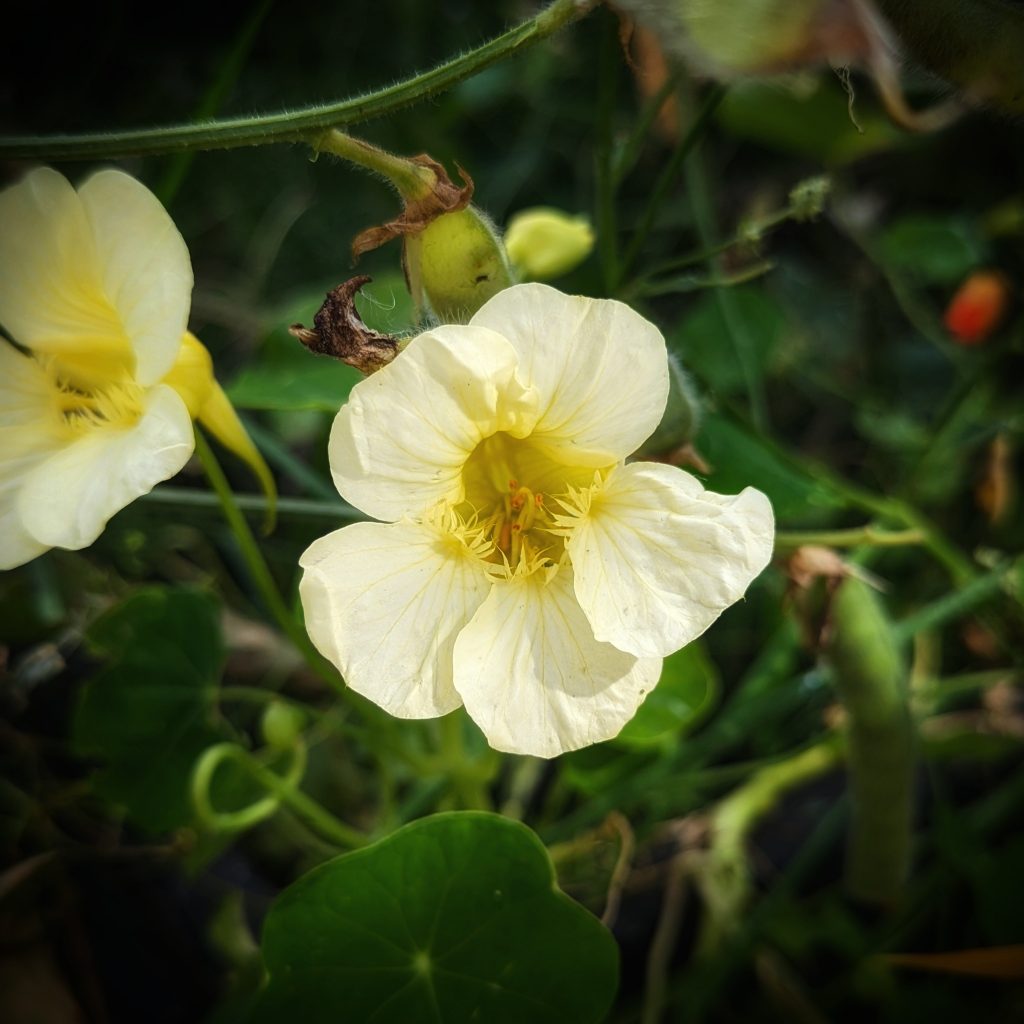
Looking For more ‘Homely’ Inspo ?
Have a Nosey Around the Blog! See what i’ve been Baking, Growing and Drinking! Also, pop over and say Hi on Instagram

